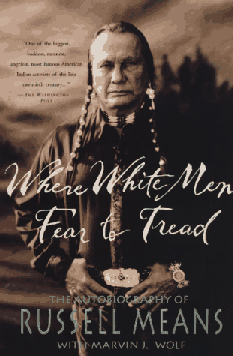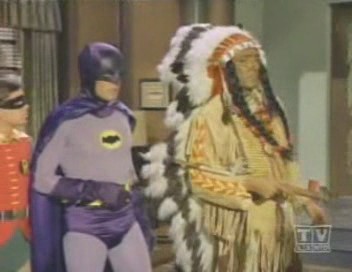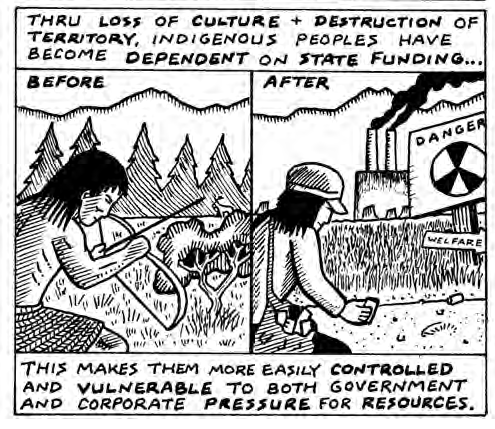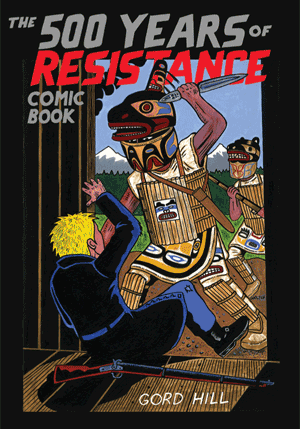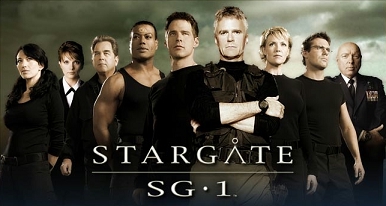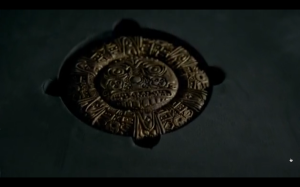For the second week in a row,
Castle featured a Native subplot. This time, the episode--
Once Upon a Time in the West (airdate: 11/17/14)--included several mentions of Yavapai Indians.
The story starts with a murder victim, Whitney, who was poisoned while visiting a dude ranch in Arizona. Castle and Beckett head there to investigate her death.
The Indians come up when Castle and Beckett learn a Yavapai tribe lives nearby and had a river dammed in the 1920s. Whitney had been fooling with dynamite, and I wondered if she planned some eco-terrorism against the dam. No, as it turns out.
Castle Season 7 Episode 7 Review: “Once Upon a Time in the West”Whitney’s trail led to both the New York Historical Society and a Native American reservation, both giving her information on the Yavapai people, who live in that area of Arizona. Castle orders a horse and buggy (he names the horses Ryan and Esposito) and they drive out to meet with the Yavapai consultant who teases them about being dressed as cowboys rolling up to Native American land. He tells them them Whitney wanted to know the definition of a word, the meaning being either river or stream. That’s all she wanted.Castle and Beckett ride up to a wooden fence with a big "Yavapai Reservation" sign on it. On the other side are a couple of men wrangling horses near what could be a corral. These are Yavapai Indians and they're wearing typical ranch clothes, which is what you'd expect.
There actually are three recognized
Yavapai tribes: the Yavapai-Apache Nation, the Yavapai-Prescott Indian Tribe, and the Fort McDowell Yavapai Nation. None are called simply the Yavapai Tribe, but that's a minor detail. That
Castle used an actual tribal name is impressive enough. Using an appropriate name for southern Arizona, where the ranch presumably is, and avoiding the commonplace "Apache" and "Navajo," is a real feat.
It's kind of farfetched that the tribe would have a sign identifying itself in the middle of nowhere, but that's another minor detail.
The "consultant"--more properly called an elder--is played by
Eloy Casados. His biography doesn't say anything about his being Native, although he's presumably Latino. But he has played a Native at least a couple of times. The most notable example is
Ishi: The Last of His Tribe (1978), a made-for-television biopic.
River or stream?
According to one site, the word in question is
aha gah hel’la. For all I know, that could be a real Yavapai word.
The word is a clue that Whitney was searching for gold bars stolen by the Peacock Boys gang. But the puzzle doesn't quite make sense.
Castle and Beckett deduce that people were searching in the wrong place because of the mistranslated word. But are they searching for the present-day river or stream, or the original river or stream? They don't say--or if they do say, it isn't clear.
Any stream they found now would be the wrong one because the dam changed the water's course. They'd have to look for the original river or stream, not the present-day versions. Since they never set eyes on any actual water, I guess that's what they're doing.
But finding an old stream bed after a century of erosion would require geology expertise and advanced technology. It's not something Castle and Beckett could do on their own. And yet they do find whatever it is they're looking for.
The whole dam thing seems like an unnecessary complication. Just say everyone searched near the river when they should've searched near the stream. If the film location doesn't have a stream, say the drought dried it up. Or it's just over the hill.
Incidentally, there actually was a Yavapai dam conflict:
Orme Dam conflictResponding to growth in the Phoenix area, in the early 1970s Arizona officials proposed to build a dam at the point where the Verde and Salt Rivers meet. The dam would have flooded two-thirds of the 24,000-acre (97 km2) reservation. In return, the members of the tribe (at the time consisting of 425 members) were offered homes and cash settlements. But in 1976, the tribe rejected the offer by a vote of 61%, claiming that the tribe would be effectively disbanded by the move. In 1981, after much petitioning of the US government, and a three-day march by approximately 100 Yavapai, the plan to build the dam was withdrawn.If
Castle's writers learned about this incident and used it as inspiration, good for them.
Yavapai boy remembers
'Castle' Recap: Castle and Beckett Go on Their HoneymoonThe Peacock Boys are a local legend and staple of the ranch, but they really did exist. In the 1800s, they robbed a train and got away with 50 bars of gold. The story intersects with the Yavapai because the Boys kidnapped a guide named Blackfox. The Boys allegedly stashed the gold somewhere near a river and were later killed, but the gold was never found.The Peacock Boys supposedly abducted a Yavapai boy to be their servant. When they went to bury the gold, they tied the boy to a tree.
The boy eventually told the story to missionaries, who wrote it down. So the Yavapai are responsible for remembering an incident that otherwise would've been forgotten.
This bit is unnecessary since a gang member could've told the story to anybody. I suppose it serves to integrate the Yavapai into the plot a little better. And the details, such as they are, are plausible. White folks did use Indians as servants or slaves, and missionaries did preserve the Indians' lore in writing.
All in all,
Once Upon a Time in the West was a decent episode. The Indians didn't play much of a role, but the details were reasonably accurate.
Castle may be the prime-time network leader when it comes to including Native lore on TV.





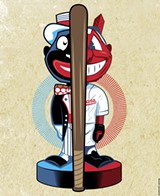








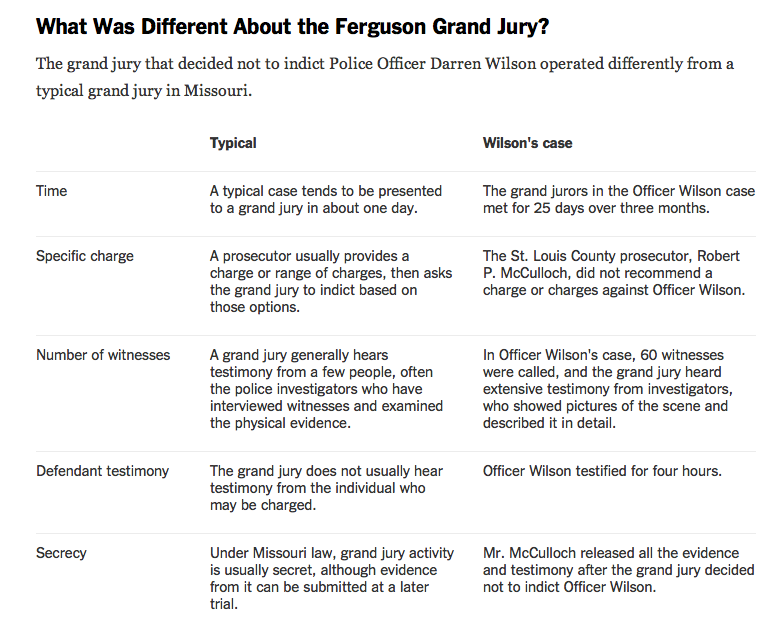




.jpg)
